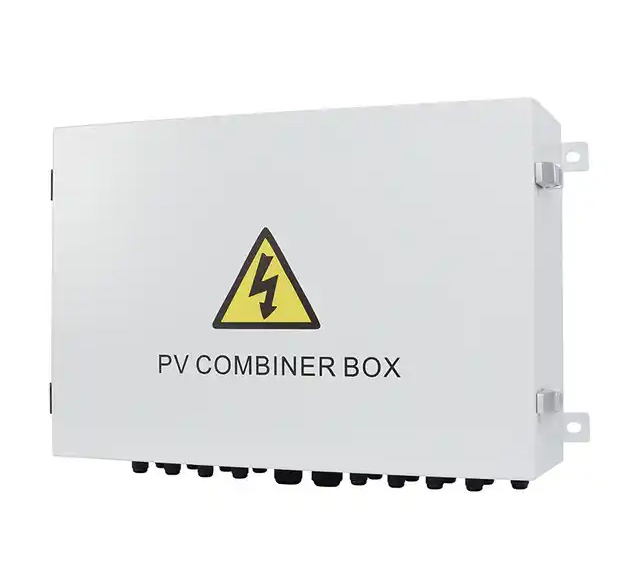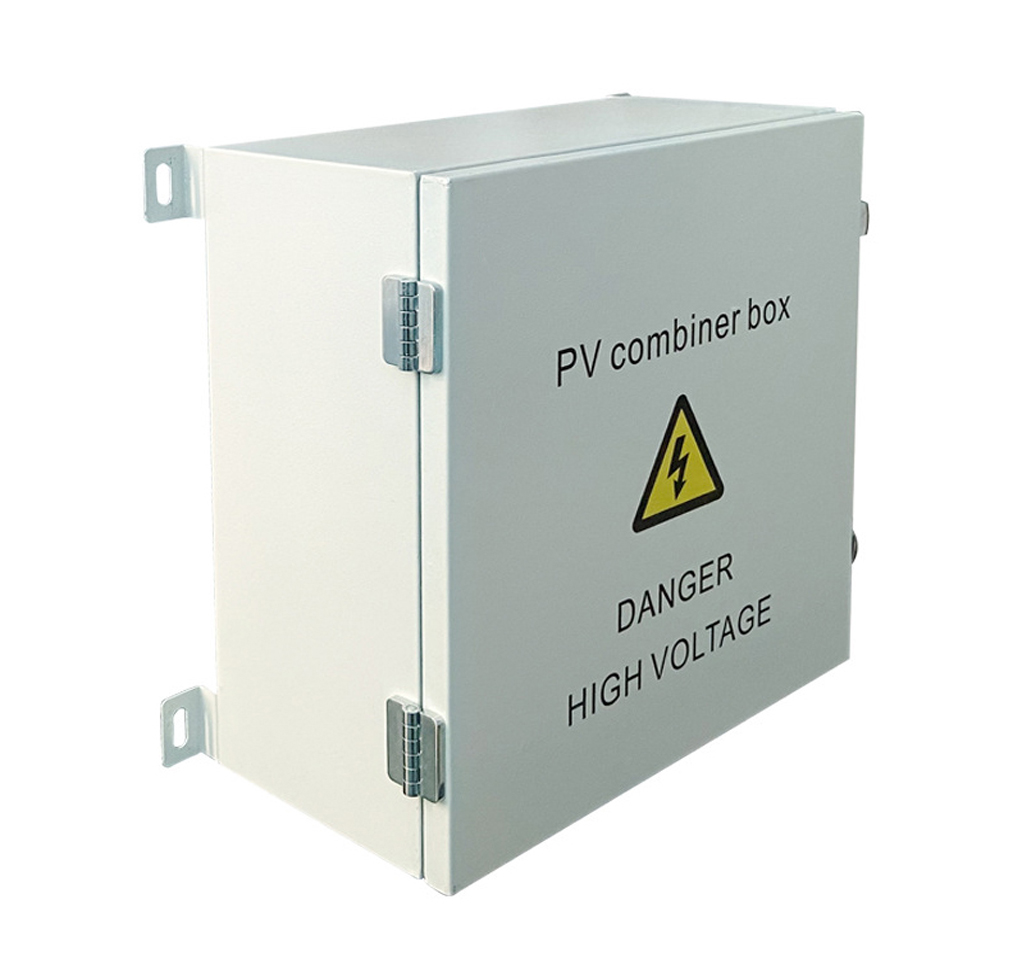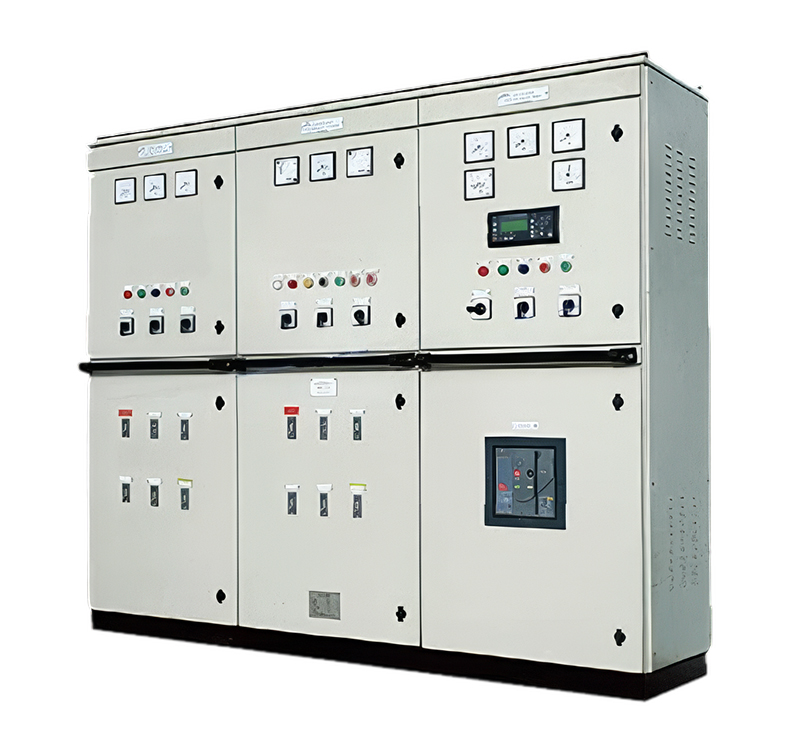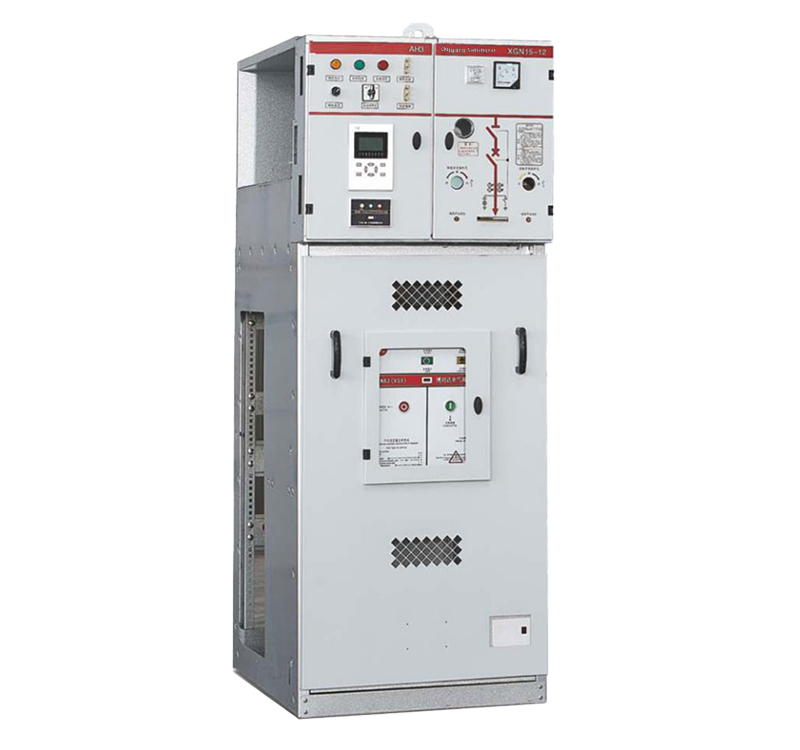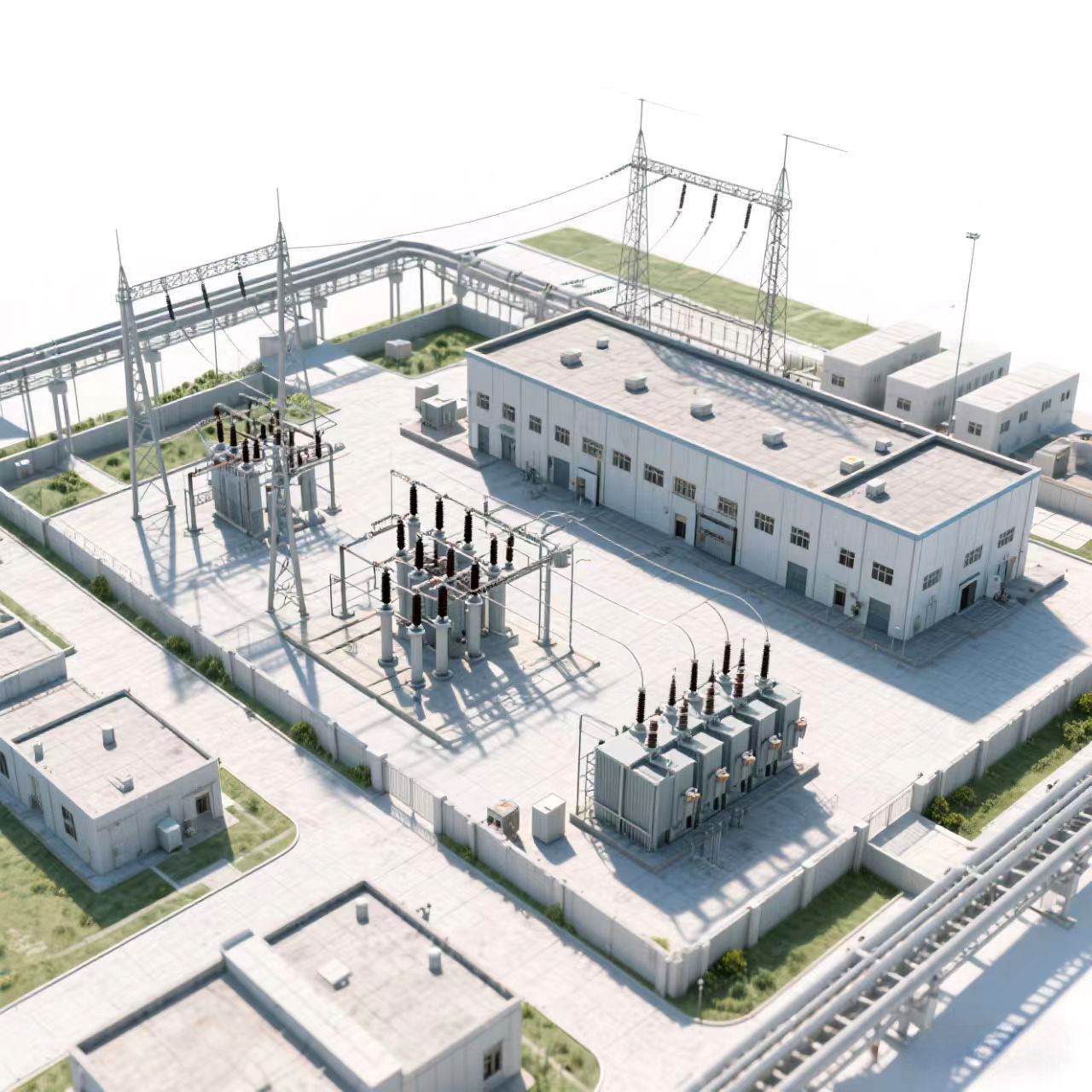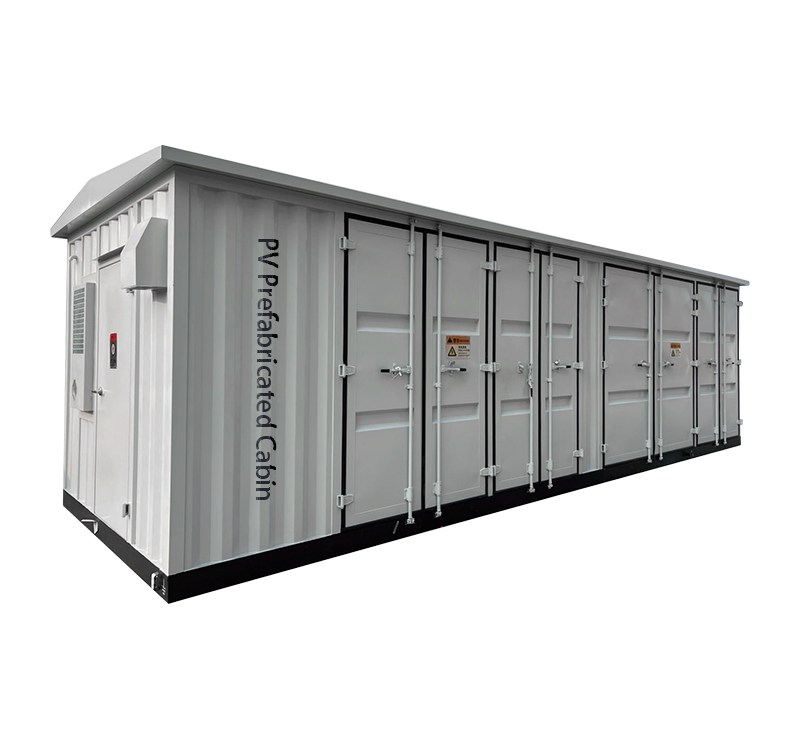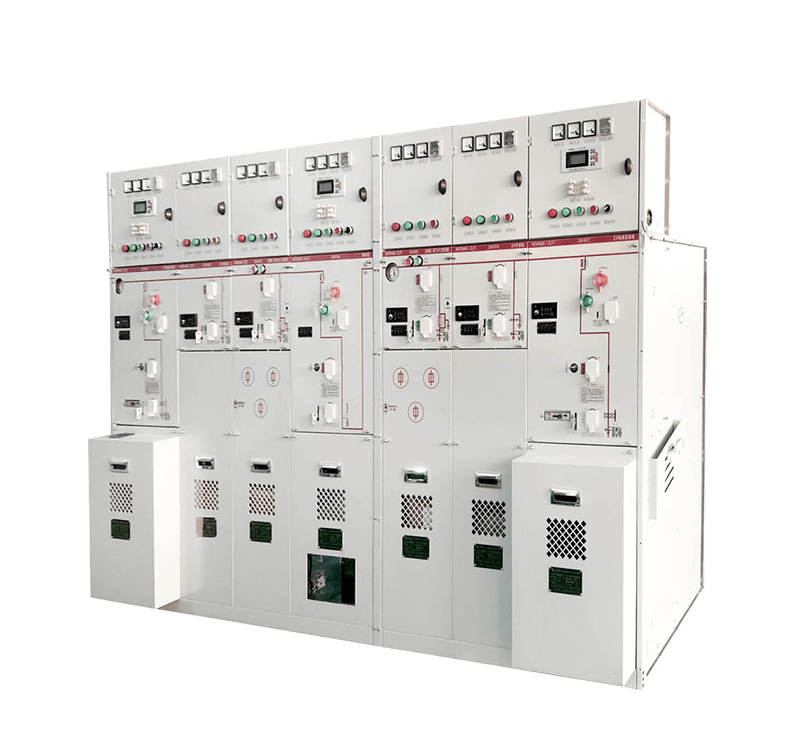
This technical guide provides a complete overview of the EPC (Engineering, Procurement, and Construction) turnkey solution for 3-15MW waste heat power plants in international markets, covering the entire process from preliminary planning to final delivery. Designed for waste heat recovery in industries such as cement, steel, and chemical plants, this solution integrates advanced thermodynamic system design concepts, standardized equipment configurations, and optimized project management systems, with special consideration given to regional grid standards, environmental regulations, and climatic conditions. The document focuses on thermodynamic cycle optimization, electrical system configuration, automation control strategies, and critical project execution paths, while providing typical equipment lists and cost estimates. It offers a complete, technically reliable, and economically feasible solution that complies with international engineering standards.
Executive Summary
The 3-15MW waste heat power plant EPC turnkey solution is an integrated service model for industrial waste heat recovery, providing complete engineering, equipment procurement, construction, commissioning, and operation services. This solution is particularly suitable for distributed energy projects in cement kilns, steel plants, and chemical facilities, converting waste heat into high-quality electricity to achieve energy cascade utilization and carbon reduction goals.
Internationally, typical waste heat power plants employ either Steam Rankine Cycle or Organic Rankine Cycle (ORC) technologies, with capacities ranging from 3-15MW and grid connection voltages commonly at 11kV, 33kV, or 6.6kV (depending on local standards). Core systems include waste heat boilers (or heat exchangers), turbine-generator sets, condensing systems, feedwater systems, and distributed control systems (DCS). The design lifespan is typically over 20 years, with annual operation exceeding 7,500 hours.
The EPC turnkey model offers the advantage of a single contractor assuming all technical and management responsibilities. Through standardized design and modular construction, project timelines are significantly reduced (typically 18-24 months), while overall investment costs are optimized (specific cost approximately $1,200-$1,800/kW). This solution has been successfully implemented in industrial projects across Southeast Asia, the Middle East, and Africa, including the 346kW ORC system at Thailand’s BVC Steel Plant and the 12MW waste heat power plant at a Pakistan cement facility, demonstrating its technical feasibility and economic viability.
Design Scheme and Execution Process
Thermodynamic System Design
The core thermodynamic system is customized based on heat source characteristics and user requirements. For medium-to-high temperature waste heat (above 250°C), single-pressure or dual-pressure Steam Rankine Cycles are typically used, while Organic Rankine Cycle (ORC) technology is recommended for low-temperature waste heat (80-250°C). The thermodynamic system consists of the following key subsystems:
Waste Heat Recovery System: Heat exchange devices are designed according to the heat source type (flue gas, cooling water, exhaust gas, etc.). Cement kiln projects typically include both Air Quenching Cooler (AQC) and Preheater (PH) waste heat boilers in a multi-drum distributed layout, while steel plants often use gas turbine exhaust heat recovery boilers or ORC systems. Heat exchanger design must consider pinch point optimization and dew point corrosion protection, with flue gas-side pressure drop limited to below 1.5kPa.
Steam/Organic Working Fluid System: Includes evaporators, superheaters (where applicable), steam drums (for steam systems) or evaporators (for ORC systems), and pressure-reducing valve sets. Dual-pressure systems can improve heat recovery efficiency by 10-15% but increase system complexity. ORC working fluid selection depends on heat source temperature, environmental impact, and safety, with common choices including R245fa or R1233zd (low GWP fluids).
Power Island System: Depending on capacity and steam parameters, condensing or back-pressure steam turbines are selected. For the 3-15MW range, single-cylinder impulse-type designs are common, with inlet pressures typically at 1.0-3.5MPa and temperatures at 280-400°C. ORC systems use screw expanders or radial turbines, with special attention paid to part-load performance.
Condensing System: Water-cooled or air-cooled systems are selected based on site conditions. In water-scarce regions, direct air-cooled condensers (ACC) are recommended, though these increase auxiliary power consumption by approximately 8-12%. Surface condensers are used in water-rich areas, with vacuum levels designed at 5-15kPa[a].
Feedwater System: Multi-stage pump sets (boiler feed pumps, condensate pumps, etc.) are employed, with design considerations for pipeline resistance and NPSH requirements. Cement kiln waste heat plants often face multi-point feedwater challenges, requiring elevated pump stations or booster pumps. The system includes deaerators and storage tanks to ensure water quality meets ASME or EN standards.
Electrical System Design
The electrical system complies with IEC standards and local grid regulations, consisting of:
Generator and Excitation System: Synchronous generators are typically used, with rated voltages of 6.6kV or 11kV (depending on local grids), power factor of 0.8 (lagging), Class F insulation, and Class B temperature rise limits. Excitation systems employ brushless or static excitation, with strong excitation capability (1.8-2.0 times rated excitation voltage).
Grid Connection System: Includes main transformers (typically 11/33kV or 6.6/11kV), circuit breakers, and protective relays. Grid synchronization can be either synchronous or quasi-synchronous, requiring automatic synchronizing devices. Some regions (e.g., Pakistan) require “instantaneous tripping” capability, necessitating high-resistance grounding to limit single-phase fault currents to 5-10A.
Distribution System: Includes medium-voltage switchgear (6.6kV/11kV, compliant with IEC 62271), low-voltage distribution boards (400V), DC systems (110V or 220V), and UPS systems. Medium-voltage systems typically use metal-enclosed switchgear with vacuum or SF6 circuit breakers.
Lightning Protection and Grounding: Designed per IEC 62305, with grounding resistance below 1Ω (generation area) and 4Ω (entire plant), incorporating equipotential bonding and surge protection.
Automation Control System
Modern waste heat plants use Distributed Control Systems (DCS) for fully automated operation, with key functions including:
SCADA (Supervisory Control and Data Acquisition): Collects 500-1,000 I/O points (depending on scale), including temperature, pressure, flow, and vibration parameters, with sampling cycles ≤1s. The system supports Modbus TCP/IP and OPC UA protocols for third-party device integration.
Sequential Logic Control (SLC): Automates startup/shutdown and load adjustment sequences, including turbine rolling, grid synchronization, and load ramping. Typical startup times: 4-6 hours (cold start) and 1-2 hours (hot start).
Modulating Control System (MCS): Core control loops include three-element drum level control, main steam temperature control, and deaerator pressure control. Control performance targets: ±10mm water level deviation and ±5°C main steam temperature deviation.
Emergency Shutdown System (ESD): A triple-redundant system independent of the DCS, with response times <50ms, including overspeed protection (110% rated speed), low vacuum protection (25kPa), and axial displacement protection.
Remote Monitoring: Supports VPN access for remote diagnostics and maintenance, with data storage for at least three years.
EPC Project Execution Process
International waste heat power plant EPC projects follow a stage-gate management process:
1.Pre-Development Phase (3-6 months):
Thermal assessment and feasibility study (including heat balance calculations and power generation forecasts)
Preliminary site selection and topographic survey
Grid connection study and Power Purchase Agreement (PPA) negotiations
Environmental and Social Impact Assessment (ESIA)
Preliminary cost estimation (±30% accuracy)
2.Design Phase (4-8 months):
Basic Engineering: Process design, major equipment selection, and general layout
Detailed Engineering: Construction drawings, material lists, and 3D modeling
Design reviews (HAZOP, SIL assessment, etc.)
Long-lead equipment technical specifications
3.Procurement Phase (6-12 months, concurrent with design):
Equipment procurement (divided into OOK-In Kingdom and IK-Out of Kingdom contracts)
Material procurement and logistics planning (considering shipping and customs clearance)
Supplier quality management (factory inspections and FAT)
Critical equipment expediting (e.g., turbines, generators)
4.Construction Phase (8-14 months):
Civil works (foundations, structures, buildings)
Equipment installation (mechanical, piping, electrical, instrumentation)
Quality inspection and testing (NDT, pressure tests, etc.)
HSE management (per OSHA or local standards)
5.Commissioning and Handover Phase (3-6 months):
Subsystem commissioning (cold and hot tests)
Integrated startup (performance testing and reliability runs)
Owner training and operational manual preparation
Provisional Acceptance Certificate (PAC) and Final Acceptance Certificate (FAC) issuance
Equipment List and System Composition
Major Equipment List
The standardized equipment package for 3-15MW waste heat power plants can be adjusted based on heat source conditions and technology. Below is a typical Steam Rankine Cycle equipment list:
Thermodynamic System Equipment:
Waste heat boiler (or heat exchanger): 1-2 sets (AQC and PH), evaporation capacity 10-50t/h, design pressure 1.6-4.0MPa
Steam turbine: Condensing or back-pressure, 3-15MW, inlet parameters 1.6-3.5MPa/280-400°C, speed 3000/3600rpm (50/60Hz)
Generator: Synchronous, 6.6kV or 11kV, power factor 0.8, efficiency ≥97%
Condenser: Surface-type (water-cooled) or ACC, heat transfer area 800-5000m², design vacuum 5-15kPa[a]
Feedwater system: Multi-stage centrifugal pumps (flow rate 20-100m³/h, head 400-1200m), including booster pumps as needed
Deaerator: Pressurized type, capacity 20-80t/h, outlet oxygen content ≤7ppb
Cooling tower (for water-cooled systems): Counterflow type, circulating water flow 500-3000m³/h, temperature difference 8-12°C
Electrical System Equipment:
Main transformer: Oil-immersed or dry-type, capacity 4-20MVA, voltage ratio 6.6/33kV or 11/33kV, impedance 6-8%
Medium-voltage switchgear: Metal-enclosed, rated current 630-2500A, short-circuit breaking capacity 25-40kA
Reactive power compensation: SVG or capacitor banks, capacity 1-4Mvar
DC system: 110V or 220V, battery bank (200-500Ah), charger (20-50A)
UPS system: 10-30kVA, backup time ≥30 minutes
Instrumentation and Control Systems:
DCS: Redundant configuration (controllers, networks, power supplies), I/O points 800-2000
Safety Instrumented System (SIS): SIL2 or SIL3 certified, independent from DCS
Analytical instruments: Online water quality analyzers (pH, conductivity, dissolved oxygen), flue gas analyzers (CO, NOx, SO2)
Vibration monitoring system: Continuous monitoring of bearing vibration, displacement, and temperature per ISO 10816
Auxiliary Systems:
Compressed air system: Oil-free screw compressors (10-40m³/min, 0.7MPa), air receivers (2-10m³)
Chemical dosing system: Ammonia, phosphate, and oxygen dosing, metering pumps (0.5-5L/h)
Fire protection system: Sprinklers, gas suppression (e.g., for switchgear rooms), hydrants
Wastewater treatment: Neutralization tanks, settling tanks, filtration (as required)
Software Systems
Modern waste heat power plant EPC projects include the following critical software systems:
Design Software:
Thermodynamic analysis: EBSILON, Thermoflow, or GateCycle for heat balance calculations
Pipe stress analysis: CAESAR II or AutoPIPE (ASME B31.1/B31.3 compliant)
Electrical design: ETAP or SKM for short-circuit studies and protection coordination
3D modeling: PDMS or SmartPlant for plant layout and clash detection
Control System Software:
DCS configuration: Vendor-specific (e.g., Siemens PCS7, Emerson Ovation)
HMI: Windows or Linux-based, multilingual support
Performance calculation: Real-time heat rate and efficiency monitoring with reporting
Predictive maintenance: AI-based vibration and temperature trend analysis
Project Management Software:
Scheduling: Primavera P6 or MS Project (CPM analysis)
Document management: Documentum or SharePoint (version control)
Cost control: ERP systems (SAP, Oracle) integrating budget, procurement, and payment
Cost Analysis
Cost Breakdown
The total investment cost for 3-15MW waste heat power plant EPC projects depends on technology, local labor costs, and tax policies. Below is a typical Steam Rankine Cycle cost estimate (2025 price level):
Major Equipment Costs (50-60% of total):
Waste heat boiler system: $180-250/kW (economies of scale apply)
Turbine-generator set: $300-400/kW (condensing turbines cost 10-15% more than back-pressure)
Condensing system: $80-120/kW (water-cooled), $120-180/kW (air-cooled)
Electrical systems: $100-150/kW (medium-voltage), $50-80/kW (low-voltage and controls)
Auxiliary systems: $60-90/kW (feedwater, chemical dosing, compressed air)
Installation Costs (20-25% of total):
Civil works: $80-120/kW (site-dependent)
Equipment installation: $70-100/kW (mechanical), $40-60/kW (electrical and instrumentation)
Piping and insulation: $50-80/kW (higher for stainless steel)
Other Costs (20-25% of total):
Design and engineering: $60-90/kW (higher for international projects)
Commissioning: $30-50/kW
Spare parts: $20-30/kW (typically 2-3% of contract value)
Training and technical services: $15-25/kW
Total Project Cost Range:
3-5MW: ~$1,600-1,800/kW
5-10MW: ~$1,400-1,600/kW
10-15MW: ~$1,200-1,400/kW (significant economies of scale)
Table: Specific Cost Comparison by Capacity
 Cost Optimization Strategies
Cost Optimization Strategies
The following cost control methods can be applied in international EPC projects:
Design Optimization: Thermodynamic simulation for parameter optimization, e.g., 22 design improvements saved $12.58 million in a Thai cement plant project. Modular design reduces field work (e.g., prefabricated piping cuts schedules by 15-20%).
Procurement Strategy: Split OOK (overseas) and IK (local) contracts—global sourcing for critical equipment, local sourcing for auxiliary materials. For example, the Saudi MGS project reduced costs through back-to-back contracts (e.g., GE compressors). Maintain a qualified supplier shortlist for better pricing.
Construction Efficiency: Implement embedded management, e.g., SEPCO3’s Saudi project assigned leadership teams to each site to shorten decision-making. Monthly subcontractor performance evaluations incentivize schedule recovery.
Financing Structure: Utilize China Export & Credit Insurance Corporation (Sinosure) to cover political risks and lower financing costs. Seek preferential loans (concessional buyer’s credit and foreign aid loans).
